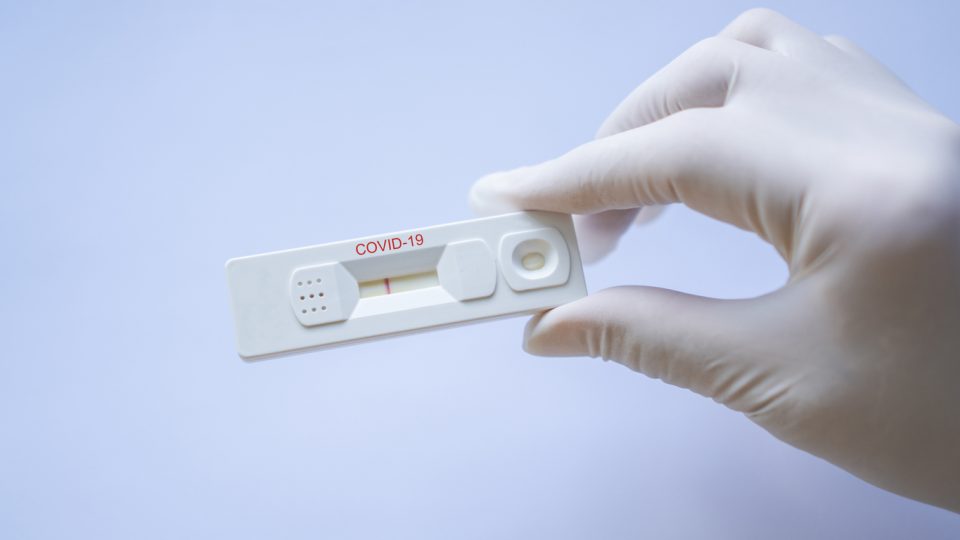
Know all about Omicron’s B1.1 and BQ.1.1 sub-variants
Know in a nutshell about the two new sub-variants of the BA.5 lineage of the Omicron variant, cases of which are being reported from across the world

The COVID-19 pandemic which wreaked havoc across the globe last year may have lost its intensity, but is not over yet. Cases of two new sub-variants of the BA.5 lineage of the Omicron variant are being reported from several countries including the US, the UK and India.
While these sister variants are yet to be known to be deadly, scientists are keeping their eyes peeled to catch any tendency to raise death of hospitalisation death.
Here’s a lowdown on the nature of the variants and how much risk they pose:
What are the B1.1 and BQ.1.1 sub-variants?
According to the World Health Organisation (WHO), BQ.1 and BQ.1.1 are among the 300 sub-lineages of the BA.5 sub-variant of the Omicron variant which triggered a rise in infections in the end of 2021.
Also read: Omicron and Delta symptoms are different, study confirms
BA.5 is still the dominant variant across the world, accounting for 68 per cent of the new cases. However, the severity of the infections caused by it has declined – which is reflected in the low death and hospitalization rates.
In the US, while BA.5 was the dominant sub-variant from July, it was taken over by BQ.1 and BQ.1.1 in October. Both are said to have accounted for around 11 per cent of the fresh COVID infections in the US.
BQ.1 along with XBB is believed to have raised infections in England, Scotland and Northern Ireland. While the UK Health Security Agency (UKHSA) is monitoring the sub-variants, BQ.1 is specifically being watched for its “rapid growth” and the agency believes it has the potential to “further increase in transmission” of the virus.
India also reported its first case of BQ.1 from Maharashtra’s Pune recently.
Experts, however, say there may be more cases than is actually being reported as many countries have let their guard down and reduced PCR testing.
“There’s a lot of fog in this system in terms of what’s really increasing and how fast it’s increasing, because those sequencing efforts have been minimized over the past couple of months,” Andrew Pekosz, a virologist and researcher at Johns Hopkins Bloomberg School of Public Health told verywellHealth.
‘Evasive to immune system, vaccines’
According to scientists, the genetic mutations in both BQ.1 and BQ.1.1 make it easy for them to evade the human immune system, thus making them highly infectious even for people with triple vaccination and having prior COVID-19 infections.
Also read: Pregnancy, childbirth & COVID: Find answers to commonly asked questions
“The concern is the mutation that the virus (BQ.1) is carrying and is able to evade existing host immunity and also the current treatment of antibody cocktail treatment,” Dr Ankita Baidya, consultant, Infectious Disease at the HCMCT Manipal Hospital told News18.
Both the sub-variants, however, are not known to cause serious illnesses yet. Studies of samples from France, which witnessed a surge in cases due to these variants, show they did not lead to increased hospitalisations and deaths.
Virologists, however, are concerned about the behaviour of the variants in the winter season when people will celebrate festivals and mingle more in indoor and closed spaces.
As the sub-lineages of BA.5 compete with one another, scientists say one of them could evolve into a dominant strain and grow more resistant to vaccines in the coming days. The cold season and the fact that the winter months will see people gathering in indoor spaces will make it easier for the variants to transmit fast.
Symptoms
Symptoms of infection are similar to past variants and include headaches, runny nose, sore throat, body ache, fever, dry cough, and loss of taste.
Will COVID vaccination work?
Scientists say the new bivalent booster vaccines could prove as effective against the two sub-variants as they are against BA.5 due to the similar genetic makeup they share.
Pfizer and BioNTech recently said that the ongoing clinical trials of their latest bivalent booster shot showed a substantial rise in its antibody response to neutralise BA.4/BA.5 for people over 55.
Also read: Long COVID has diverse symptoms, affects multiple organs: Study
“As we head into the holiday season, we hope these updated data will encourage people to seek out a COVID-19 bivalent booster as soon as they are eligible in order to maintain high levels of protection against the widely circulating Omicron BA.4 and BA.5 sub-lineages,” Albert Bourla, chairman and CEO of Pfizer said in a statement.
“These updated data also provide confidence in the adaptability of our mRNA platform and our ability to rapidly update the vaccine to match the most prevalent strains each season,” the statement said.
Virologists say people can get themselves jabbed with the bivalent booster vaccine as the antibodies generated by it are most likely to recognise and neutralize the sub-variants of BA.5.
‘Drugs may not work’
Virologists say monoclonal drugs like Evusheld or Bebtelovimab may not work against the variants as they were developed during the early stages of the pandemic and the current sub-variants of Omicron are far different from the original strain of SARSCoV2.
“We’re still working with that first generation of treatments. We’re not seeing this second-generation development of treatments in the way that we’re going to need,” Pekosz said.
Experts, however, say Pfizer Inc’s oral antiviral drug Paxlovid may be effective against the sub-variants.

